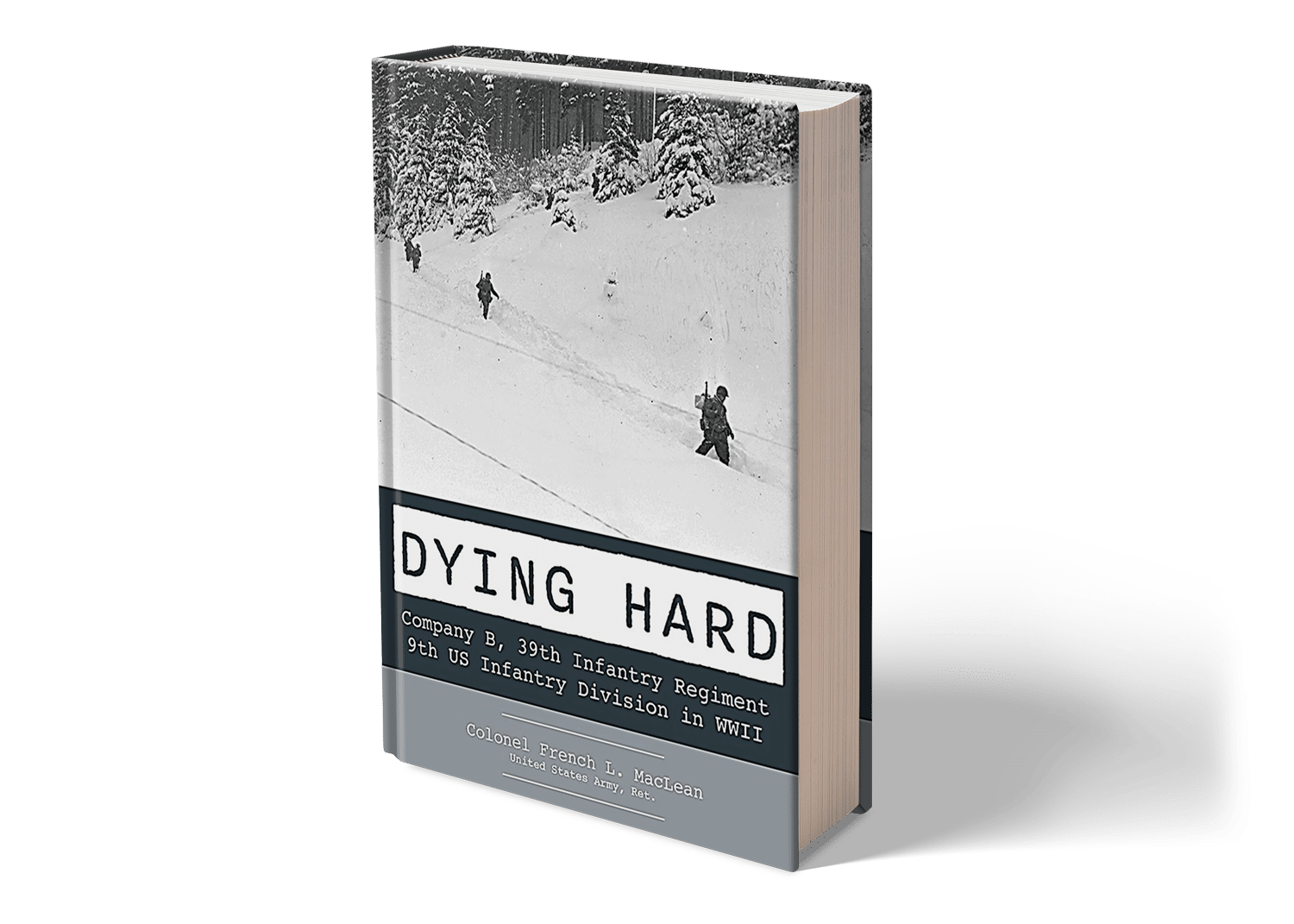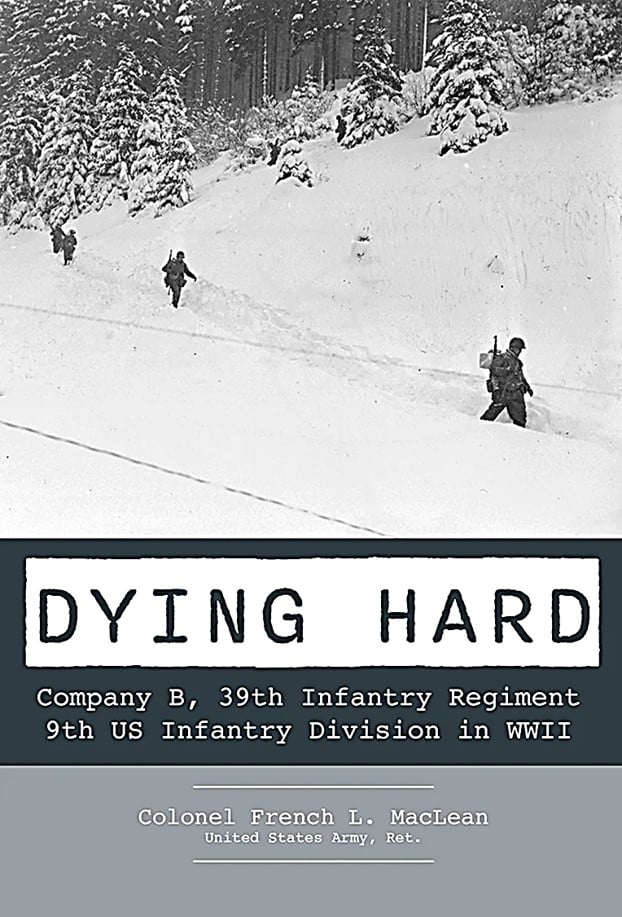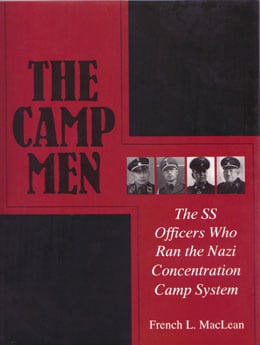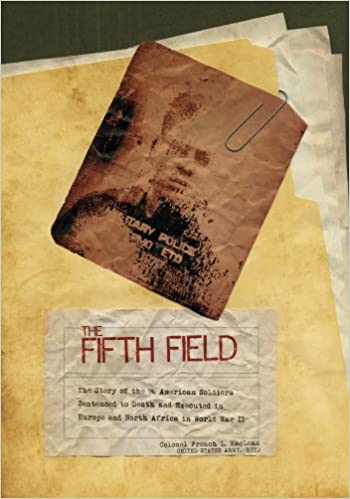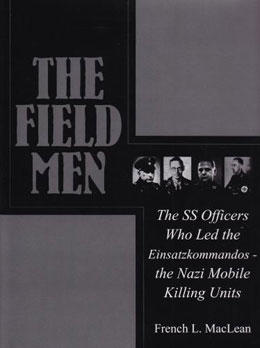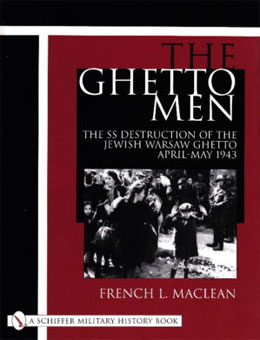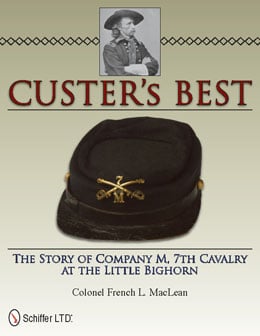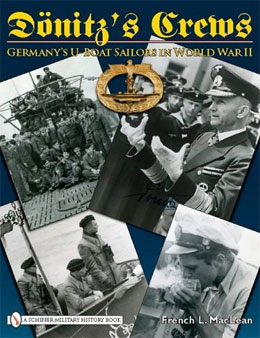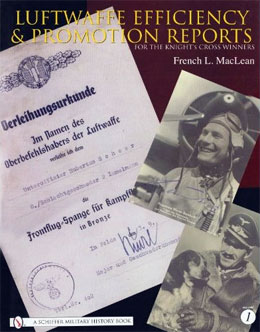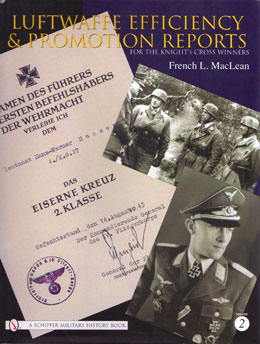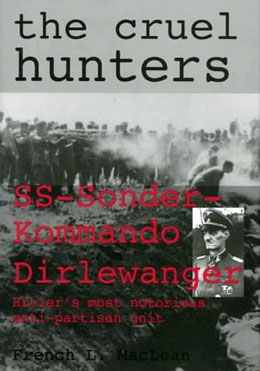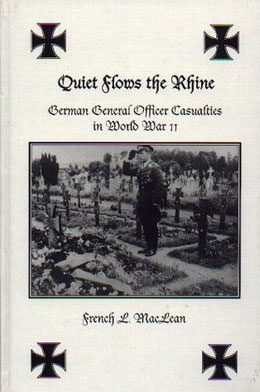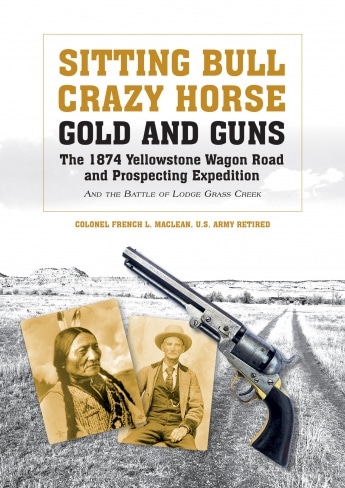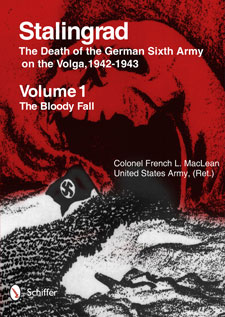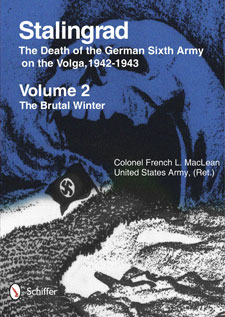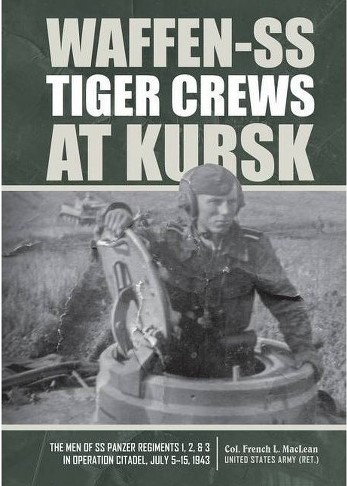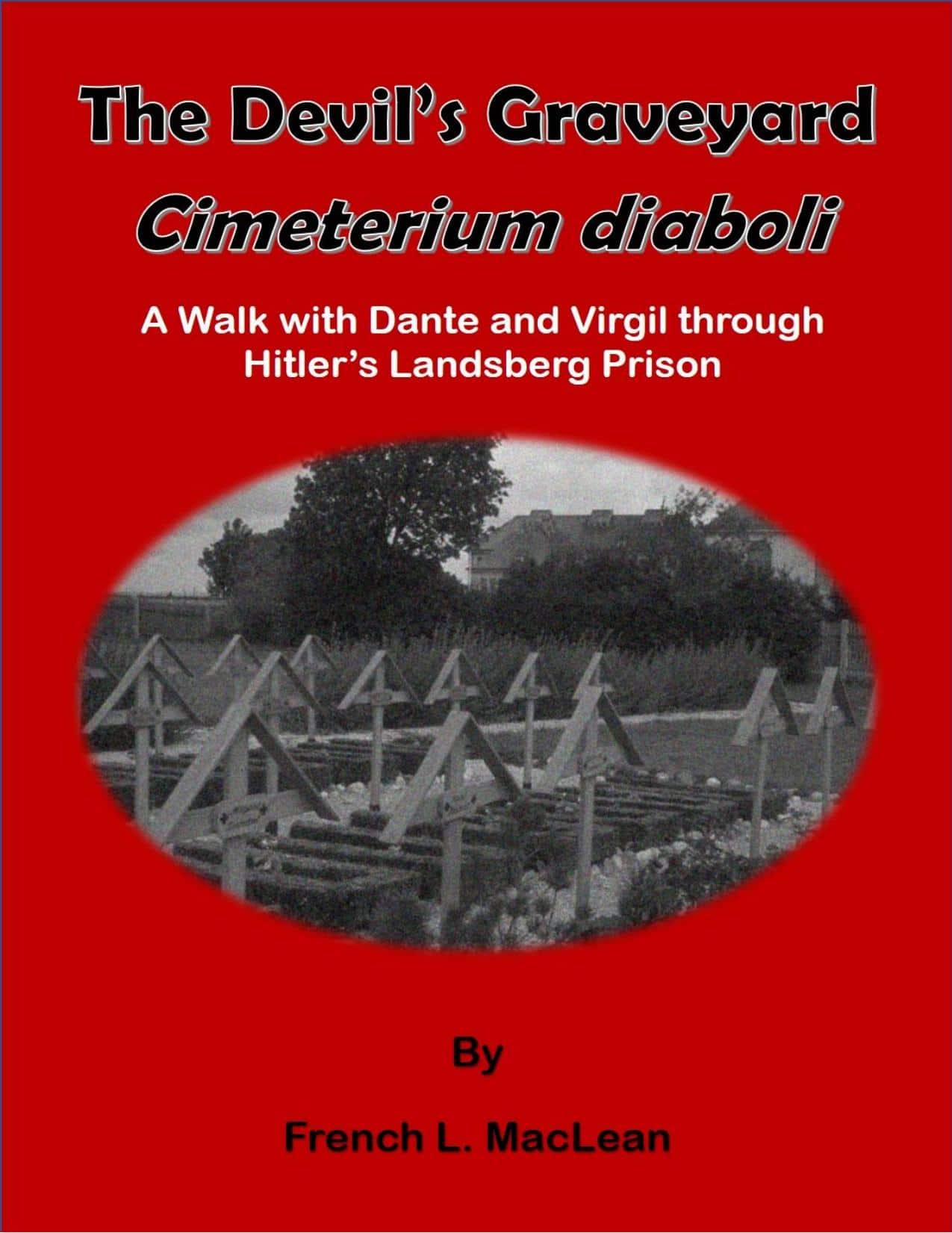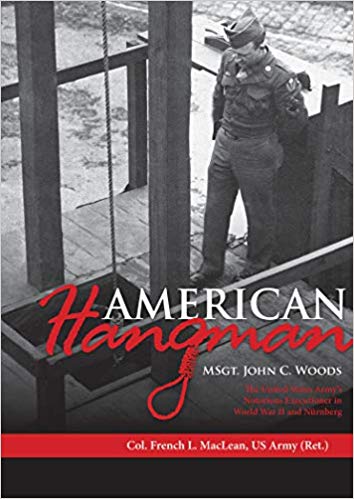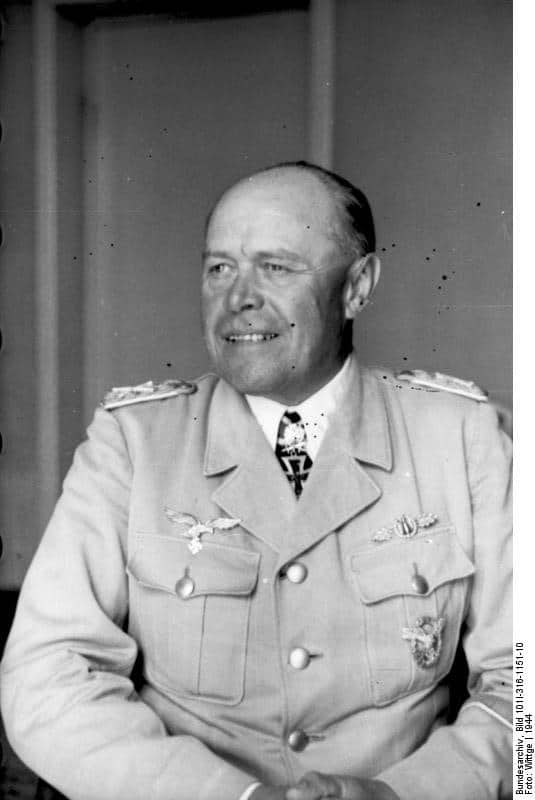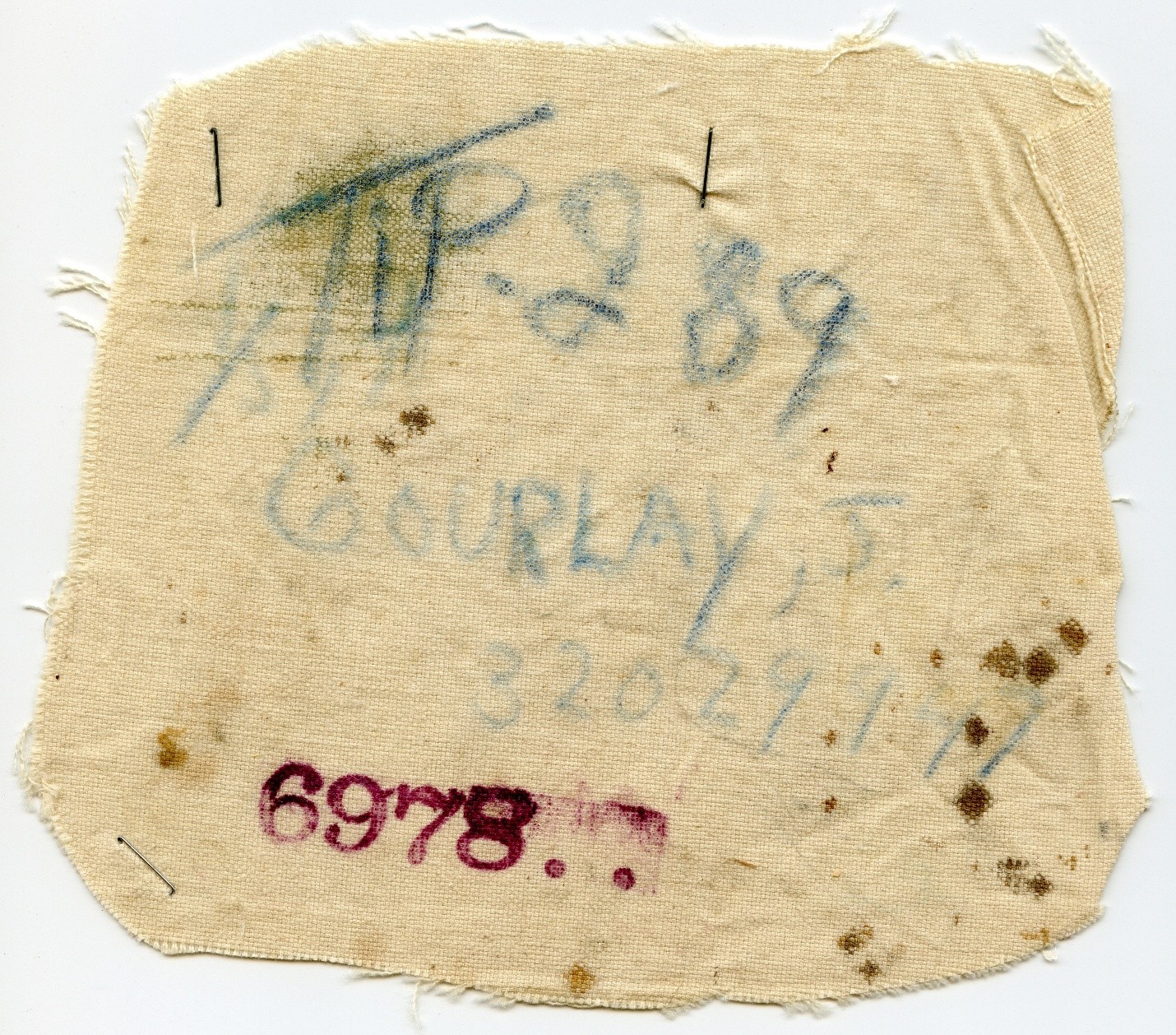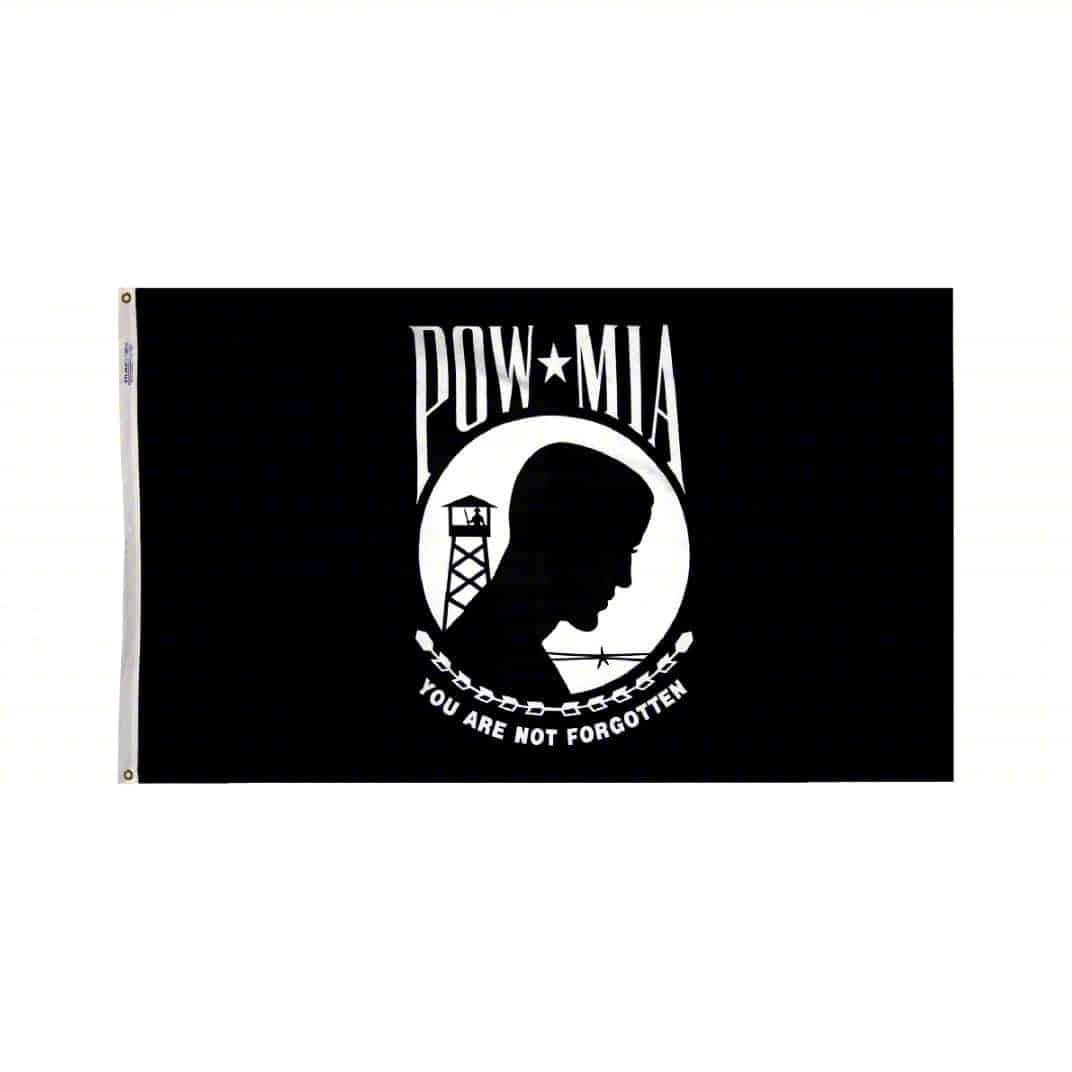Books by French MacLean
Where mysteries are solved!
As in The Fifth Field; why and how 96 American Army soldiers were executed in Europe and North Africa in World War II, and are now buried in a secret cemetery in France. And why those records were kept in a closet for six decades and not sent to the National Archives.
Or maybe you like Wild West adventures. Did you know that two years before Custer’s Last Stand at the Little Bighorn, a wagon train of some 150 of the best shots on the frontier traveled part of Custer’s later route in search of the Lost Cabin Gold Mine, ran into Sitting Bull, Crazy Horse and 1,400 warriors and survived? And that the longest rifle shot of the Wild West happened in their final battle? See where in Sitting Bull, Crazy Horse, Gold & Guns
Or in American Hangman, was the US Army Hangman at Nuremberg later murdered on a remote Pacific atoll? Or that the Waffen-SS scoured German prisons in World War II to use hardened criminals in combat, much the same as the Russians do today in the Ukraine? Read The Cruel Hunters
Or maybe you like Wild West adventures. Did you know that two years before Custer’s Last Stand at the Little Bighorn, a wagon train of some 150 of the best shots on the frontier traveled part of Custer’s later route in search of the Lost Cabin Gold Mine, ran into Sitting Bull, Crazy Horse and 1,400 warriors and survived? And that the longest rifle shot of the Wild West happened in their final battle? See where in Sitting Bull, Crazy Horse, Gold & Guns
Or in American Hangman, was the US Army Hangman at Nuremberg later murdered on a remote Pacific atoll? Or that the Waffen-SS scoured German prisons in World War II to use hardened criminals in combat, much the same as the Russians do today in the Ukraine? Read The Cruel Hunters
Here’s the bottom line up front. Don’t spend your life chasing a decimal point and see how rich you can get. Make your life one grand adventure after another.
I had a great life spending over thirty years in the Army; was able to help defend the country in two wars with a bunch of tremendous soldiers and any success I may have had was due to each and every one of them; as I frequently tell my friends — I am no hero, but I served with heroes and you can’t do any better than that. I was also able to see the world, help develop complex technology and understand that I lived in a pretty special country.
And the people I’ve been lucky enough to meet? One is a king in the Mideast. One briefed Hitler in 1942 about the situation on the Eastern Front and then ate lunch with him. Another was scheduled to receive an award from Hitler at the Wolf’s Lair on July 20, 1944 and had a cup of coffee and small talk that morning with a gent by the name of von Stauffenberg! And then there was the interview in 2002 with a very interesting fellow in his office in Vienna — Simon Wiesenthal.
Was able to discuss The Ghetto Men with Moshe Arens, former Defence Minister of Israel, as he was writing his own book on the Jewish 1943 Warsaw Ghetto Uprising, Flags Over the Warsaw Ghetto.
Received notes from several US Supreme Court Justices on The Fifth Field. Who knows? Maybe one day the SC will decide to rule on the Death Penalty and TFF might impact that landmark decision.
The only downside to all that Army time was that after I retired, regular day-to-day living was pretty boring.
So I concentrated on writing. It didn’t and doesn’t bring you much money, but it sure has been interesting traveling around the world to chase after historical mysteries. I came across a page or two in some World War II history books, for example, on some special Waffen-SS unit in World War II that was composed of criminals let out of jail — but there were not that many details about it — and by luck I ran into detailed records of the unit buried in our National Archives. That led to The Cruel Hunters: SS-Sonderkommando Dirlewanger Hitler’s Most Notorious Anti-Partisan Unit.
Several more books on Germany in World War II followed: the dark side with works on concentration camps, Einsatzkommandos, and the Destruction of the Jewish Warsaw Ghetto, and more-traditional writings on Luftwaffe Knights Cross winners and U-Boat sailors. That was fun, because I was able to interview many of them.
On a trip out to the Little Bighorn, I began to wonder what life was like for enlisted cavalrymen, as most books talked about officers — George Custer, Marcus Reno and Frederick Benteen — but what about the hundreds of privates & sergeants? That search led to Custer’s Best: The Story of Company M, 7th Cavalry at the Little Bighorn, which was able to win the John M. Carroll Award.
In 2001, I discovered Army records languishing outside Washington, D.C. concerning 96 American soldiers who were court-martialed in Europe and North Africa in World War II and then executed by the Army — not the German Army, but our own Army. And they were buried in a secret cemetery northeast of Paris that was not shown on any map! It took me a decade to run down all the loose ends, which led to The Fifth Field: The Story of the 96 American Soldiers Sentenced to Death and Executed in Europe and North Africa in World War II, which subsequently received the Lieutenant General Richard G. Trefry Award of the Army Historical Foundation, proof that if you are willing to hunt for the truth long enough, you can find it and prove what happened.
I stumbled across a little known battlefield in southeast Montana on a bed & breakfast ranch (The longest shot of the West happened nearby,) and that turned in into Sitting Bull, Crazy Horse, Gold and Guns: The 1874 Yellowstone Wagon Road and Prospecting Expedition and the Battle of Lodge Grass Creek, the saga of a wagon train in Montana in 1874 that was searching for gold. The 150 gold miners, buffalo hunters and Civil War veterans found no gold, but they did run into Sitting Bull and 1,400 of his closest friends. You can visit the route they took today, as many of their campsites and their three major skirmishes with Sitting Bull are all shown with GPS coordinates that you can just plug into your device.
I helped a great friend finish his own non-fiction book on the murder of Tsar Nicholas II, as well as a magazine article analyzing the Little Bighorn Cook-Benteen Note (it might have been “doctored” after the battle.) His book is titled Romanovs’ Murder Case: The Myth of the Basement Room Massacre. (Spoiler Alert: The Bolsheviks lied about what happened, and there was an American Army officer closely involved with the event.)
Then I finished a massive book on the German offensive at Verdun in 1916, but so far have been unable to contract with a publisher, so if you know of one that might be interested let me know!
Then came a biography of Master Sergeant John C. Woods, the U.S. Army hangman in Europe, who also hanged numerous Nazi war criminals at Landsberg and Nürnberg in 1945-46. American Hangman: MSgt. John C. Woods: The United States Army’s Notorious Executioner in World War II and Nürnberg.
The latest book is on the Tiger tank crews of the 2nd SS Panzer Corps at the Battle of Kursk in July 1943. Waffen-SS Tiger Crews at Kursk is the first work in any language concentrating on the crews, rather than the tank; you’ll meet over 220 crewmen that rode on these super tanks.
Which gets us to what will probably be my last book. It’s about my father’s experience as an Infantry soldier in the 9th Infantry Division in World War II. He fought in the Hürtgen Forest, a place called Merode Castle, and The Battle of the Bulge, and the book is about what it was like to be a young infantryman in these bloody battles. They had a really tough time; in just the last eleven months of the war, they had 88 killed in action and several hundred wounded. You’ll see some guys were wounded up to three times and some replacements arrived at the company in the morning and were dead by sundown. I’ve put my heart and soul in this because of my father — and clearly the best I believe.
The best news is that Schiffer Publishing has done the book. And they produced it exactly the way I had hoped. Dying Hard : Company B, 39th Infantry Regiment, 9th US Infantry Division in WWII. It is available now. Became available on September 28, 2024, appropriate as that is roughly the 80th Anniversary of the start of the bitter fighting at the Hürtgen Forest! Several readers, many military veterans, have already contacted me and all seem to really like the book.
Two other books are ready for you right now, completely FREE, and can be found in the E-Books section. Both are novels. One is a crime novel set in Puerto Rico that touches on the murder of famed boxer Hector “Macho” Camacho, and the other a new version of “Dante’s Inferno” with World War II personages occupying the various levels of hell. Both books are downloadable in three formats. There are no ads or commercials in either one, no surveys to take, and both are ABSOLUTELY FREE.
Another observation I made while in the Army was that the world is a dangerous place and unfortunately a lot of that danger is coming to our own country. September 11, 2001 should have been a wake-up call, but too many lessons have already been forgotten and acts of terror now occur in large cities and small towns across the country. So I have also started several projects to help people organize their thoughts on personal protection (such as self-defense weapons, situational awareness, etc.) and how we might want to analyze some of these enemies to our nation (see Strategy, Weapons and Tactics).
So come on inside and go on Your Own Adventure!
Latest News
When We Ran Out of Coffins
This past Memorial Day I was thinking about those who didn’t come home. We’re talking big numbers, really big. About 407,000 in World War II. For Korea, it was 36,574; but we also had some 7,500 Missing in Action. And I’ll bet my bottom dollar that a bunch of those missing actually died in North Korean and Chinese prisoner of war camps. Korea and Vietnam were called “conflicts” not wars, by that was no comfort for the 58,220 who died in Vietnam, which had its share of additional missing in action too. Both are the reason we fly the POW-MIA flag today.
Then we get to wars the kids have heard about. It would take too long to list deaths around the world during the Cold War, which certainly wasn’t “cold” for those who died. Lebanon, Gulf War, Mogadishu, Iraq War, Afghanistan. And they won’t be the last.
For every war, military staffs – Army, Navy, Air Force, Marines – make estimates on what will be needed for the fight. How many divisions? Fighter squadrons? How many tanks are we going to need? Fuel? Ammunition? Aircraft carriers? Heavy bombers? Food? These estimates are critical, because of the military axiom: “Losers fight the last war late. Winners fight the next war early.” Robert E. Lee fought the American Civil War the same way Napoleon would have fifty years before; he lost. Ulysses Grant fought it as the first Industrial Revolution War – trains, telegraphs, ironclad sail-less ships, huge armaments works, repeating firearms; he won.
Never, ever, ever, bet your bottom dollar that these estimates will turn out to actually be accurate projections. Because on Desert Storm, when the firing finally stopped, we […]
One Last Chance
They are POWs and MIAs: Prisoners of War and Missing in Action. In the United States, Prisoners of War are our brothers and sisters, who were captured by the enemy – pretty straight forward. Missing in action, on the other hand, may be the most misunderstood casualty classification, as it can mean several different things. A soldier initially listed MIA, may have been killed, or captured by the enemy, or deserted. It can be transitory; a soldier may at first be declared MIA. but later the enemy announces that they have the soldier as a POW, and that could take a long time, or never come at all. It can even occur when a wounded, unconscious soldier, who has lost his dog tags, is evacuated to an American medical facility. His identity is temporarily unknown, and if his unit does not know what happened to him, they report him as MIA, even though he really isn’t.
At the end of World War II, 79,000 Americans remained unaccounted for; the bulk MIA. Many MIA had, in fact, been killed, but their remains never recovered. Knowing that each family must come to closure, after the war, the US military waited one year after the soldier was first declared missing in action, and, if remains still had not been found, the War Department declared that he was deceased, in part because both Germany and Japan were occupied and their POW camps no longer existed. Many families disagreed and spent decades hoping their loved one would someday walk through their door.
The War Department is now the Department of Defense. Within DoD, the Defense Prisoner of War/Missing Personnel Office (DPMO) was established to manage prisoner of war/missing in action personnel affairs. In 2015, DPMO, and the Joint POW/MIA Accounting Command, merged into the new Defense POW/MIA […]
